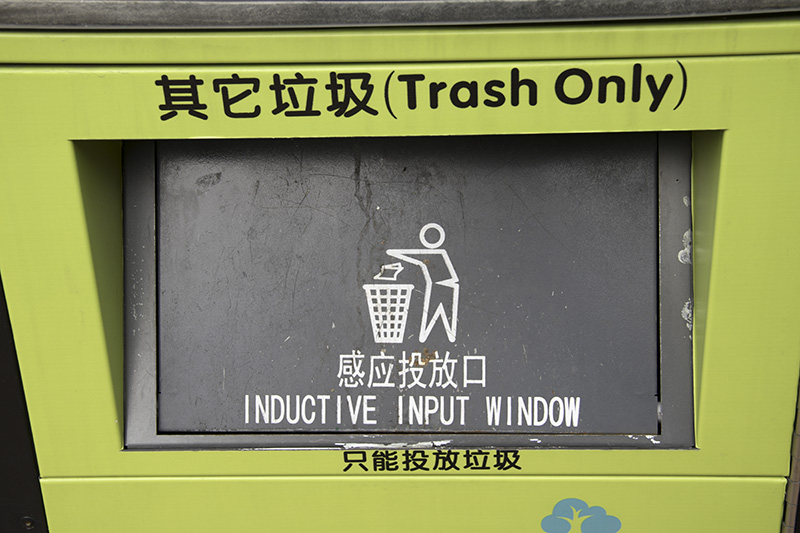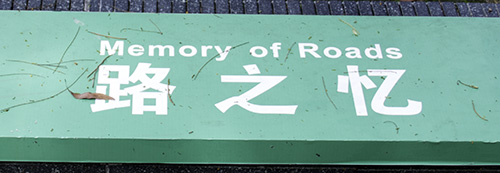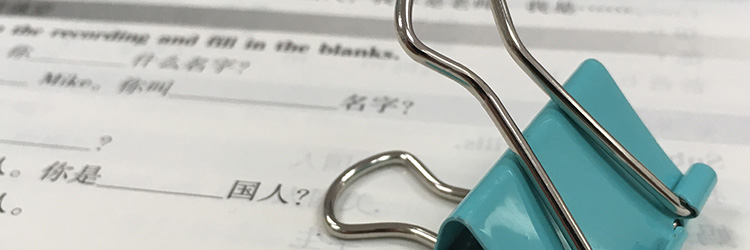The Chinese Language is as complicated as it is beautiful. It's a fun language which easily mixes the literal with the figurative. To me the language feels playful.
Chinese characters are different from the Roman alphabet because characters have meanings on their own. Combining characters can add meaning or create a new meaning entirely. It's kind of like prefixes and suffixes, except that it's not.
Learning the literal translations for words is fun. I think maybe Chinese is descriptive in ways that English isn't.

The word for "turkey" in Chinese is Huǒ jī. The two Chinese characters that make this word are 火鸡. Translated separately they read "fire chicken" but together they just mean turkey. One word for "busy" is Máng (忙). These Chinese characters actually translate to "heart death" because when you have no time for leisure or relaxation, your heart figuratively dies. Hopefully just figuratively. Bread is Miànbāo (面包), which means "flour bag" whereas noodles is Miàntiáo (面条), which means "flour (in) hot water."
"America" in Chinese is Měiguó (美国) which means "beautiful country." [I don't know if the Chinese came up with that name or the Americans did.] China, or Zhōngguó (中国), translates to "center country."

There's two main difficulties for learning Chinese. At least for me. The first is that the Chinese characters don't really indicate pronunciation. This "problem" was "solved" back in the 1950's with the invention of pinyin. Pinyin is basically a phonetic alphabet for Chinese using Roman characters.

The second difficulty is that Chinese is a tonal language. Vowels can have different tones and that gives words different meanings. Technically I think these would classify as heteronyms. (Yeah, I had to look that up too.) The words are spelled the same (minus tone markings), but they sound different AND have different meanings.
This is especially difficult for me as a westerner, since I'm used to recognizing characters and deriving meaning. In Chinese you have to pay a little more attention, both when reading pinyin and when listening to people talk. For example: Shuìjiào means sleep, but Shuǐjiǎo means dumplings. The Chinese looks different 睡觉 (Shuìjiào: sleep) and 水饺 (Shuǐjiǎo: dumplings) and they will sound (a little) different when spoken, but at first glance the pinyin looks the same to me. [Context is very important in Chinese.]
Chinese has four tones, (technically five.) The five tones are flat, rising, falling-rising, and falling. The fifth tone is "no-tone" so in some books it doesn't count. If you want to learn more about tones, you can read about pinyin on Wikipedia. Here's a quick sample I pulled from the site to illustrate tone usage:
| Tone | Pinyin | Chinese | Meaning |
|---|---|---|---|
| 1 (flat) | mā | 妈 | "mother" |
| 2 (rising) | má | 麻 | "hemp" |
| 3 (falling-rising) | mǎ | 马 | "horse" |
| 4 (falling) | mà | 骂 | "scold" |
| 5 (nuetral) | ·ma | 吗 | (a question particle, like a "?") |
To make matters more confusing, the Chinese are very inconsistent about putting spaces between words when writing pinyin. If you want to say "hello" you write nǐ hǎo (你好). Or nǐhǎo. It's apparently the same thing. Also, some fonts don't support the vowel accents. Word processors automatically substitute fonts when a symbol isn't available. This is a helpful feature, but it's not pretty. Between changing fonts, inconsistent line heights, inconsistent spacing, and inconsistent bolding... well, let's just say I'm feeling pretty good about my layout and design skills.

Chinese is so particular about the vowel tones and pronunciation I would think they would be much more particular about these other aspects of writing, but maybe after all the vowel effort they don't have any energy left.
The city I'm living in is called Zhūhǎi (珠海), which means Pearl Sea. Which might be the one of the reasons the Fisher Girl Statue is holding a large silver pearl over her head.

